2. European Green Deal Policies and Sustainability
This section describes the approach to matching each policy document mentioned in Section 1 to the seventeen Sustainable Development Goals. Using the outcome of Sachs et al. (2019) for connecting the SDGs to six broad categories of transformations, we match the policy documents with these “6 transformative pathways”. This helps decision-makers understand how the different policies affect the transformations that Countries may undertake to become more sustainable.
2.1 Matching EU Policies to the 17 SDGs
2.1.1 Method
One of the political guidelines of the European Commission’s President (von der Leyen, 2019) is that the process of the European Semester[1] must be reoriented and become an instrument that integrates the SDGs, which constitute the most widely accepted framework for sustainable development globally. Integrating SDGs into the European policy framework will help ensure Europe’s pathway to achieving climate neutrality within a comprehensive economic framework that gives equal opportunities to everyone.
The linkage between each major EU Policy mentioned in Section 1 and the SDGs is made by identifying phrases or sentences in each Policy text conceptually related to each of the seventeen Goals. Then, assuming that the greater the number of relevant references, the greater the influence of the Policy on the SDGs, we assign a score to show the level of impact, using a 4-point scale, as follows:
-
3, the Policy document directly affects the SDG outcomes;
-
2, the Policy document reinforces the SDG outcomes;
-
1, the Policy document enables the SDG outcomes;
-
0, the Policy document does not interact with the specific SDG.
2.1.2 Results
The results for each category of Policies are presented collectively below (Table 1). The main conclusion is that overall, the policies resulting from the European Green Deal affect all SDGs, some to a greater extent and others to a lesser extent. The most significant impact is found in the following Goals:
SDG 13 - Climate Action: Urgent action to combat climate change and its impacts
Actions and measures regarding this SDG are pervasive within the European Policy context. The European Commission has decisively shown its intention to reduce greenhouse gas emissions to limit global warming to below 1.5°C compared with pre-industrial levels by mid-century. Also, a firm intention is offered regarding improving countries’ resilience and adaptability to climate-related natural hazards and the disasters that result from them. A landmark example of this firm will consist of the Committee to tackle issues related to SDG 13 was the launch of the “Fit-for-55” package in 2021, which is a set of proposals for the revision of thirteen existing policies covering a wide range of activities, from the modification of the functioning of the Emissions Trading System, to the creation of a Social Climate Fund to support the weakest in the sustainable transition.
SDG 9 - Industry, innovation and infrastructure: Build resilient infrastructure, promote inclusive and sustainable industrialization, and foster innovation
The European Green Deal Communication particularly emphasizes the urgency of taking early and dramatic measures to combat climate change and achieve climate neutrality in Europe by 2050. Therefore, the close link to SDG 9 was expected, as the policies stemming from the European Green Deal contain requirements on the exploitation of research results and innovation in the industry and infrastructure, aiming to increase the resilience of countries and communities to the effects of ever-worsening climate change. The characteristic of this intention is to mobilize the European research and innovation community and contribute to this fundamental goal of the Green Deal. Furthermore, the Commission established Horizon Europe, a EUR 95.5 billion funding program for research and innovation, which among other things, it fosters industrial competitiveness by assisting in the creation and dissemination of superior knowledge and technologies[2].
SDG 7 - Affordable and clean energy: Ensure access to affordable, reliable, sustainable, and modern energy for all
The Energy sector is one of the fundamental Pillars of achieving the EGD objective of climate neutrality, considering that the production and consumption of energy are responsible for more than 75% of greenhouse emissions globally, and Buildings are responsible for about 40% of energy consumption[3]. Therefore, the Policies and Strategies that support the European Green Deal incorporate many actions that need to be taken regarding the “greening” of energy production and access for all to its pure forms.
SDG 12 - Responsible consumption and production: Ensure sustainable consumption and production patterns
The European Commission has taken several significant initiatives concerning the goal of responsible production and consumption and the implementation of a circular economy incorporated in its Policy documents. It encourages European companies to do business in partner countries with reliable supply chains and business practices. To the greatest extent possible, it strives to ensure that supply routes within global value chains are managed sustainably so that European consumers’ choices do not jeopardize environmental protection or workers’ rights and opportunities in the partner countries. Furthermore, the European Commission supports partner countries’ transition to an inclusive green economy that generates economic growth and decent jobs, promotes sound waste and chemical management, and supports sustainable fishing both within and outside of Europe by attempting to ensure that partner countries follow EU rules to combat illegal and unregulated fishing.
SDG 8 - Decent work and economic growth: Sustained, inclusive, and sustainable economic growth, full and productive employment, and decent work for all
Working conditions are a priority for the European Commission, which actively assists the Member States in addressing informal employment, particularly in sectors with the most significant multiplier potential, such as agriculture and energy. In addition, it supports the efforts of partner countries to eliminate child labor, address the gender pay gap, and generate more high-quality jobs for their increasing population.
Based on employment and decent work, the Commission focuses on enhancing decent job creation and supporting job-rich growth, improving the quality of existing jobs in terms of earnings and working conditions, increasing access to decent employment, particularly for the most vulnerable, through improved employability based on better education and training, and mainstreaming jobs in all economic policies and programs, as well as other sectors such as Energy, Health and Agriculture.
Table 1 Connection of the European Green Deal to the 17 SDGs

2.2 Assigning EU Policies to the 6 Transformations
2.2.1 Method
After connecting EU policy documents with the SDGs, we translate this linkage into the Six Transformations, using the corresponding categorization of Sachs et al. (2019):
-
Education, Gender, and Inequality;
-
Health, Wellbeing, and Demography;
-
Energy Decarbonization and Sustainable Industry;
-
Sustainable Food, Land, Water, and Oceans;
-
Sustainable Cities and Communities; and
-
Digital Revolution for Sustainable Development
Step 1: For each Transformation, we calculate the simple average of the contribution of SDG in each transformative category, as given by Sachs et al. 2019 (Table 2):
Table 2 How SDG Transformations contribute to the achievement of the SDGs. Source: Sachs et al. (2019)

and a table with dimensions of 17x6 is obtained (Table 3):
Table 3 Average SDG contribution to the 6 Transformations

Step 2: Multiply the Table derived from step 1 by the scores of the correlation between policies and SDGs that were previously estimated (Table 1), and a table of dimensions of 22x6 is obtained (Table 4). This table essentially shows the extent to which each Policy contributes to each one of the Six Transformations.
Table 4 Link between Policies and the Six Transformations

Step 3: Using the data from Table 4, a Sankey diagram is produced to provide a visual representation of how each Transformation is overall influenced by the policies adopted in the frame of the European Green Deal. This is illustrated in Figure 2.
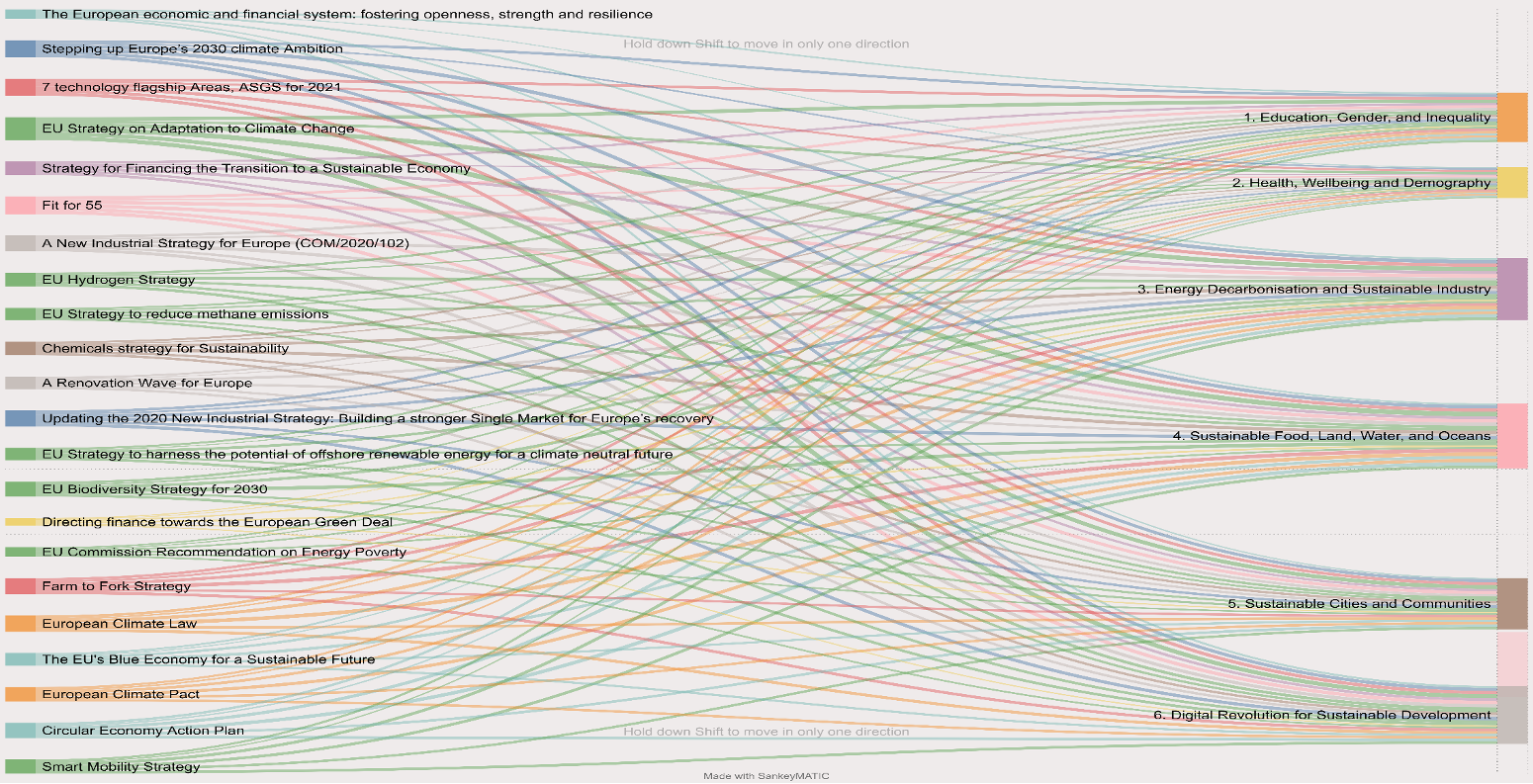
Figure 2 Sankey diagram for the contribution of the Policies to the 6 Transformations
2.2.2 Results
It is evident from Figure 2 that the Transformation categories most influenced by the Policies included in our analysis are 4 and 3, namely the one for Sustainable Food, Land and Oceans and the one for Energy Decarbonization and Industry. This is not surprising, given that the overarching aim of the European Green Deal is to make the EU climate-neutral and that these two Transformations are the most strongly associated with the climate neutrality objective. The first one entails all actions required to transition to a model of Circular Economy and Biodiversity conservation. The second one calls for measures to decouple production from fossil fuels and the transition to renewable energy to reduce greenhouse gas emissions.
Transformation 4. Sustainable Food, Land, Water, and Oceans
According to the Sustainable Development Report 2021 (Sachs et al., 2021), Europe as a whole faces significant challenges in achieving SDG 2 (Figure 3), as it faces malnutrition and obesity issues as indicated by the individual indicators – and indeed the trend of evolution of these indicators is expected to get worse (Figure 4).
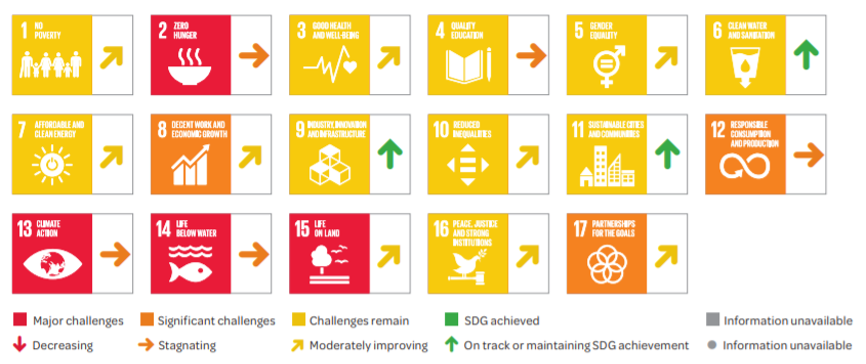
Figure 3 SDG Dashboard and Trends for Europe. Source: Sustainable Development Report

Figure 4 Performance by Indicator for the European Union. Source: Sustainable Development Report
In addition, climate change and the limitation of biodiversity are jeopardizing the efficiency of the food supply chain. Therefore, an integrated approach is required to ensure the sustainability and health of food systems, land usage, and the oceans, something that has been recognized by the European Commission, as reflected in the direction of its policies and strategies.
This policy priority is primarily relevant for ministries responsible for agriculture and forestry, environment, water and natural resources, fisheries and marine resources, and health. This calls for national governments to strengthen the mechanisms for cooperation between these ministries to formulate a coherent strategy to maximize environmental benefits.
Transformation 3. Energy Decarbonization and Sustainable Industry
Securing access to contemporary and clean energy sources for everyone is one of the overarching objectives of the European Green Deal, and one of the goals of this Transformation is the decarbonization of the energy system. Apart from aligning its strategy with the climate stabilization goal of the Paris Agreement, the European Green Deal aims to minimize the pollution of soil, water, and air from industrial activities. As shown in Section 1, EU Policies and Strategies encompass the entire spectrum of the energy system – ensuring a low-carbon supply of electricity and mitigating the growth in energy demand in industry, buildings, and all transport modes.
A study jointly conducted by Enel Foundation and SDSN and published in November 2021[4] analyzed the EU energy and climate policy and put forward policy recommendations for implementing the European Green Deal in full convergence with the SDGs. Following the Six Transformation pattern, the paper focused on the inter-relationships between the European Green Deal and the SDG to uncover and exploit existing synergies while reducing trade-offs within a comprehensive framework. The study also highlighted the unique opportunities offered by the Recovery and Resilience Facility to overcome the socio-economic challenges caused by the COVID-19 pandemic. In this respect, a case study of the Italian National Recovery and Resilience Plan illustrated how the European recovery could successfully operationalize climate action along with the Six Transformation framework. Furthermore, if properly implemented, the “Green Revolution and Ecological Transition” mission in the Plan will have positive spill-over effects in several policy fields, such as a net increase in jobs in the energy sector.
A Machine Learning Method for Policies classification under the SDGs
Within the scope of the report, Machine Learning was used for three main reasons: a) to validate the linkages found by the classical approach, b) to create a tool that will serve as a fast classifier for present and future work and c) to discover any new possible connections between the SDGs and the policy documents scanned that were not identified during the classical approach in the first place.
For our study, we have developed and deployed two different models. The first one is a simple Information Retrieval Model using Bag-of-Words, while the second is a more developed and complicated one using Deep Learning Techniques (BERT).
2.3.1 Information Retrieval
Information Retrieval (IR), as the term reveals, is the field involved with the search and retrieval of information. It is concerned with all the activities related to the organization, processing and access of knowledge of all forms and formats (Chowdhury, 2010). The purpose of IR is the rapid retrieval of documents, texts and information in general, based on a user’s query. An example of IR, and a relatively advanced one, is the Google Search Engine.
Bag-of-Words (BoW), a term first used linguistically by Zellig (Zellig, 1954), is among the prevalent techniques used for textual Information Retrieval (Passalis & Tefas, 2018). It is a simplifying representation of a document, in which words of a text are presented as a multiset (Bag), disregarding grammar and syntax while keeping simplicity.
The study used the BoW technique to quickly find similarities between energy policy documents and the 17 Sustainable Development Goals (SDGs). Specifically, 17 different vocabularies were built, each consisting of words and phrases describing the essence of each SDG.
Policy documents in a .html form were used as an input and were preprocessed by lowercasing the documents, removing numbers, punctuation, stop words, contractions and whitespaces. Finally, the vocabularies and the pre-processed policy documents were transformed into vectors using CountVectorizer provided by the sci-kit-learn toolkit.
The similarity between each policy token and each vocabulary token was calculated using the cosine similarity to ignore the magnitude of the vectors compared.
Results
Table 5 shows the correlation between each scanned Policy Document with each SDG after processing the algorithm’s outputs. Again, higher scores show higher similarity. The processing of the results can be found in Annex II.
Table 5 Correlation between Policy Documents and the SDGs using Information Retrieval
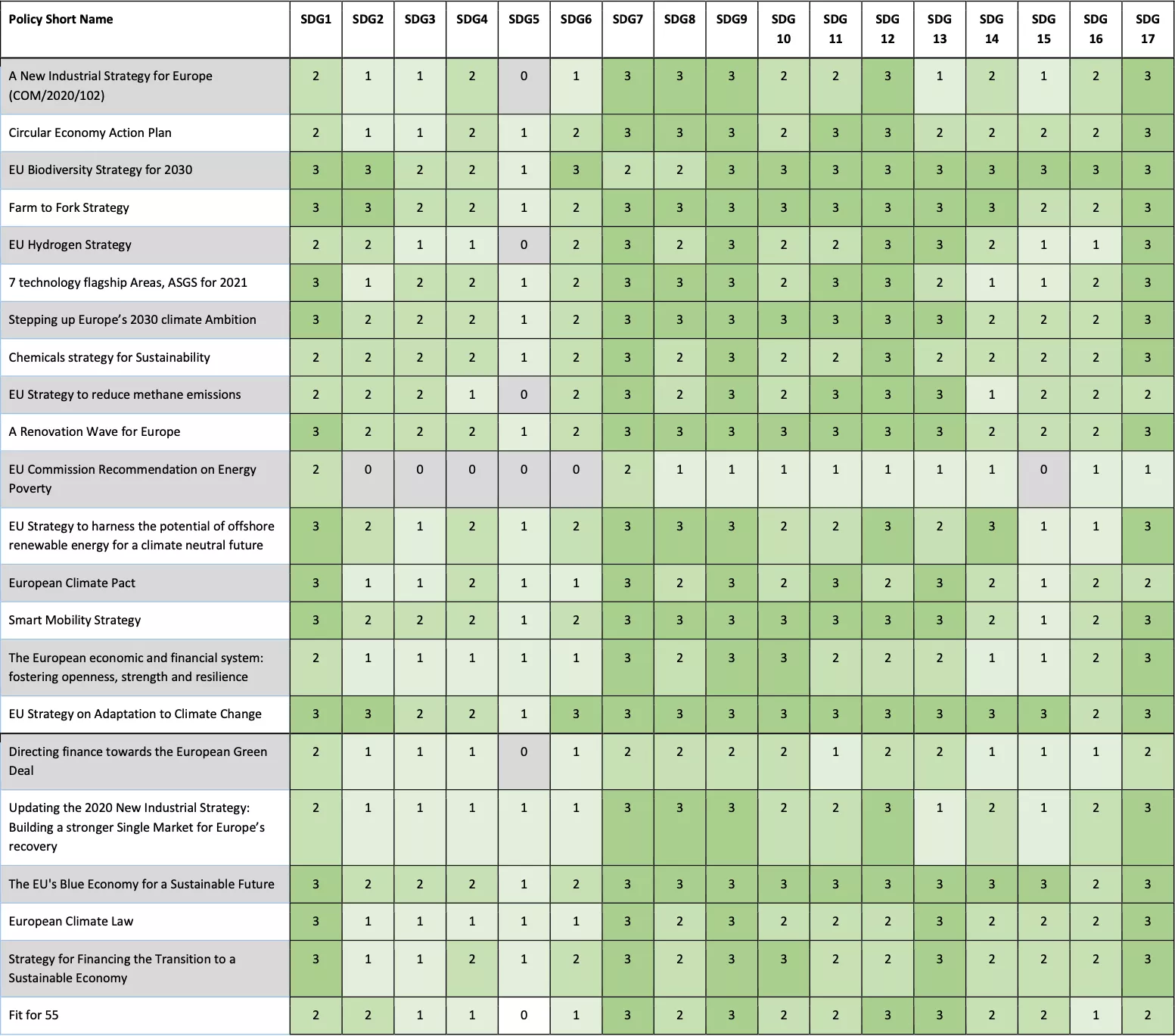
As it can be seen from Table 5, most scanned policy documents seem to be closely related to SDG 1 “No Poverty”, SDG 7 “Affordable and Clean Energy”, SDG 8 “Decent Work and Economic Growth”, SDG9 “Industry, Innovation and Infrastructure”, SDG 12 “Responsible Consumption and Production” and SDG 17 “Partnership for the Goals”. At the same time, they are least related to SDG 5 “Gender Equality”, SDG3 “Good Health and Well-being”, and SDG 4 “Quality Education”.
By comparing the above results to the ones produced from the classical approach, it can be deduced that the algorithm worked well by adequately calculating the correlation to the scanned policy documents. Furthermore, it successfully found a high correlation to the SDGs 7, SDG 8 and SDG 9, as also depicted in the classical approach. However, differences between the latter can be seen in SDG 1 “No Poverty”, SDG 6 “Clean Water and Sanitation”, SDG 16 “Peace, Justice and Strong Institutions”, and SDG 17 “Partnership for the Goals”, in which the interconnection between the scanned documents and the SDGs was calculated higher than expected.
The differences between the results of the two approaches occur due to the following:
-
Vocabularies used to describe each SDG contain similar keywords
-
Some SDGs show semantic similarity (i.e. SDG 1 “No Poverty” to SDG 2 “Zero Hunger”)
-
Text preprocessing needs improvements
-
Connections between specific policies to the SDGs may exist that are not easily identified by manually reading and grading their relevance
To validate the produced results, the “KnowSDGs” platform, developed by the JRC, was used. The “Know SDGs” platform offers a set of SDG Mapping Tools of the EU Policies to contribute to the implementation of the Agenda 2030 in the European Union and provide a better understanding of how high-level policy documents relate to each SDG. The tool was first used in 2017, based on the actions of the Juncker Commission and their contribution to the Agenda 2030. SDG attribution is performed automatically after different basic text mining steps, like special characters removal, stop words removal, and lowercasing.
The tool provides a deep understanding of the interconnection between the EU policies and the SDGs, as it further connects each document with each SDG target. The Targets’ scores were first summed up to produce a total score for each SDG (results are available in Annex II) and then transformed to create the scores presented in Table 6.
Table 6 Transformed scores of the “KnowSDGs” platform
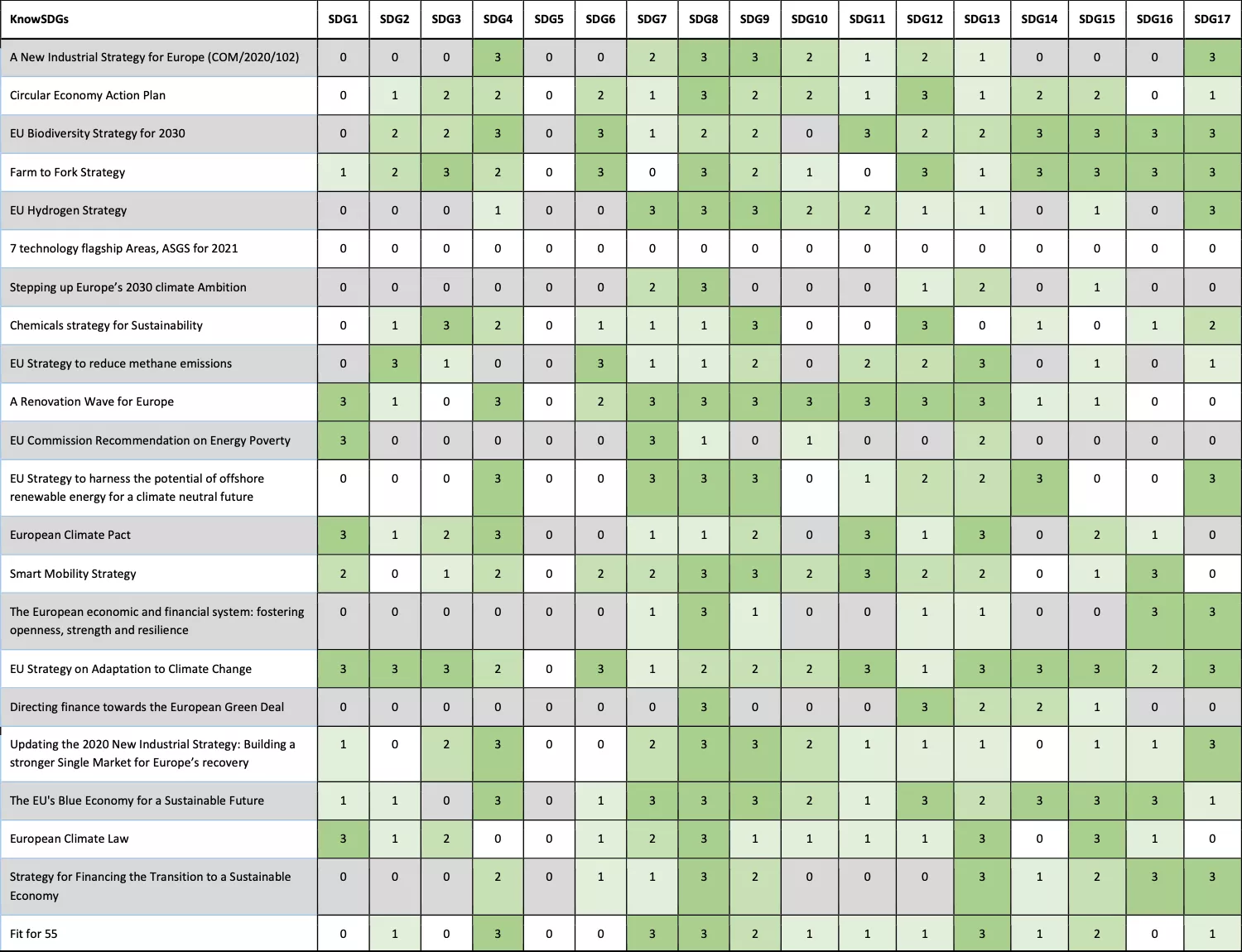
Generally, it is seen that the heatmap balanced between the classical and the IR method results and that it validates that there might be a higher connection between the scanned policy documents and several SDGs that are not depicted using the classical approach, such as SDG 1, SDG 4 and SDG 16. However, what might seem odd is that according to the produced table, there is no relevance between SDG 5 and the examined policies, which disagrees with the results of the other two methods that linked some policies to “Gender Equality”.
Deep learning techniques were utilized to achieve higher performance to overcome the lack of semantic capabilities in the IR method.
2.3.2 Deep Learning
Deep learning refers to extensive neural networks with many layers (deep) that “allow computational models that are composed of multiple processing layers to learn representations of data with multiple levels of abstraction” (LeCun et al., 2015). Simply put, machines learn from experience by representations that are expressed in terms of other, more straightforward representations (Goodfellow et al., 2016). In 2017, Google Research introduced The Transformer, a deep learning model based on attention mechanisms, dispensing with recurrence and convolutions entirely (Vaswani et al., 2017). This innovation led to the development of a wide range of models based on transformers, allowing the processing of entire sequences without the need for labelled data in pre-training.
As a result, and taking particularly into account the ambiguity of the Natural Language (Lexically, Syntactically, Semantically, Anaphorically, Pragmatically), we have fine-tuned a pre-trained transformer-based model to find the similarity score of each policy document with each SDG.
BERT, which stands for “Bidirectional Encoder Representations from Transformers”, was firstly introduced by Google Research in 2018 (Devlin et al., 2018) and revolutionized the modelling approach. Standard Language Models are unidirectional, limiting the architectures that can be used for pre-training, while BERT is a bidirectional transformer pre-trained by using masked language modelling objective and next sentence prediction.
Results
Similarity scores calculated by the model are presented in Table 7. The higher the score (percentage), the bigger the probability of a scanned policy being linked to a certain SDG. To get better insight, one should view the presented results with a qualitative and not a quantitative perspective.
Table 7 Similarity scores calculated by the Deep Learning model

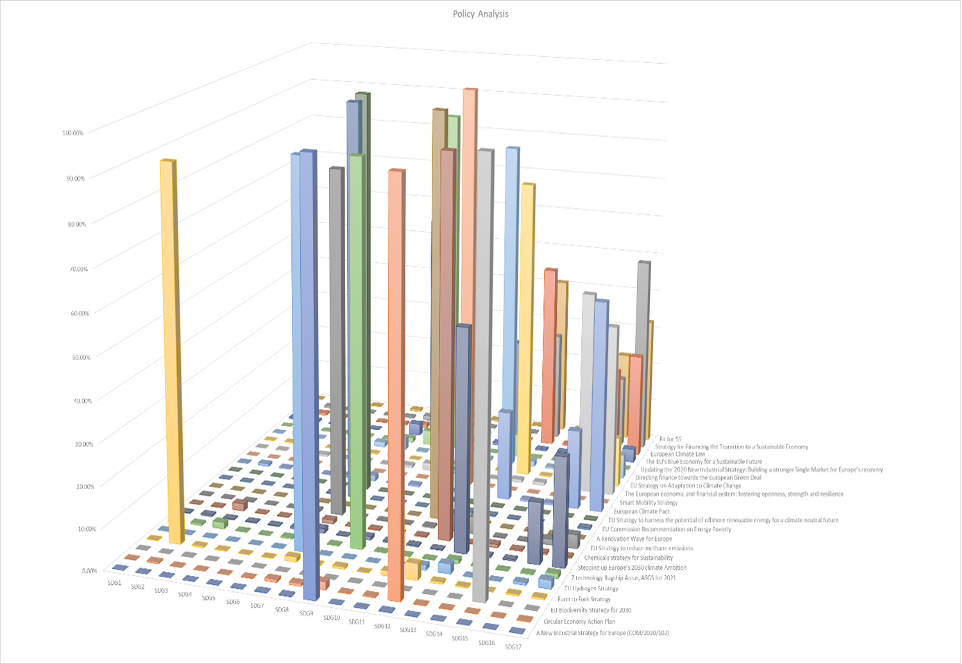
Figure 5 Graphical representation of the similarity scores calculated by the Deep Learning model
As it can be seen, the deep learning model utilized provides improved results as it can better assess the relevance between the scanned policy documents and the SDGs (Figure 5). This can be seen after examining SDG 1 and SDG 2, which have high semantic relativity, while the number of text excerpts used is close. For instance, the “Farm to Fork Strategy” is closely connected to SDG2 “Zero Hunger”, as expected, rather than SDG 1 “No poverty”, which is not the case in the IR method.
Overall, most policies show a high correlation to SDG 7 “Affordable and Clean Energy”, SDG 9 “Industry, Innovation and Infrastructure”, SDG 12 “Responsible Consumption and Production”, SDG 13 “Climate Action”, and SDG 17 “Partnership for the Goals”. In contrast, low correlation is observed in SDG 1 “No Poverty”, SDG 4 “Quality Education”, and SDG 5" Gender Equality", which agrees with the results of the classical approach and the JRC tool.
To further understand the correlation between the policies and the SDGs and draw meaningful conclusions, all scores should be examined. To do so, the highest score of each policy document was excluded, and the scores (probabilities) were adjusted accordingly, as presented in Table 8.
Table 8 Adjusted similarity scores (probabilities)
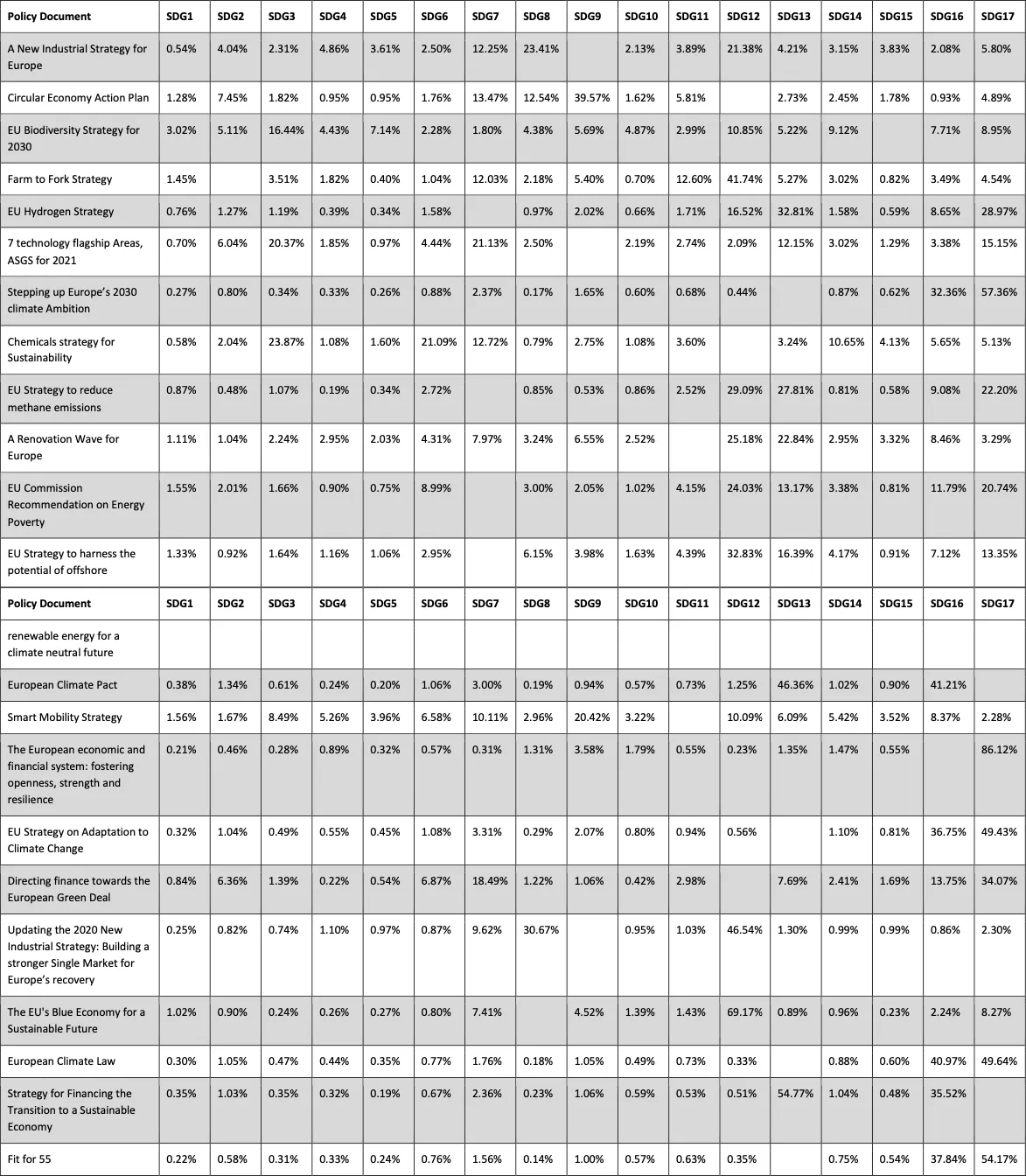
After the above readjustment, SDG 17 “Partnership for the Goals”, SDG 12 “Responsible Consumption and Production”, and SDG 16 “Peace, Justice and Strong Institutions” have the highest relevance scores in the majority of the documents. Then, SDG 13 “Climate Action”, SDG 7 “Affordable and Clean Energy”, and SDG 9 “Industry, Innovation and Infrastructure” follow.
An interesting conclusion can be drawn regarding the energy policies that are related more to industry (“A New Industrial Strategy”, “Updating the 2020 Industrial Strategy”), which appear to be more connected to SDG 8 and SDG 12 rather than SDG 7. Furthermore, “EU’s Blue Economy for Sustainable Future” seems more relevant to SDG 8, SDG 12, SDG 17 and SDG 7 rather than SDG 14 and SDG 15, which entirely agrees with the JRC results presented previously.
Finally, all policy documents seem to be closely related to SDG 16 and SDG 17, even though text excerpts used during the training were very few compared to the rest of the SDGs.
2.3.3 Discussion of the results
Two models were developed and used to assess the connection between EU policy documents and the SDGs: An Information Retrieval (IR) model and a Deep Learning one. The first one provides a quick way for classifying documents regarding their SDGs relevance. Some deviations between the classical approach are observed, but it is sensible since the scoring is based upon the frequency of terms appearing in each policy document rather than their actual use. This answers why no policy was classified with a zero-similarity score in Table 5. A robust connection between the policies scanned and SDG 1 is observed in the same table. This may occur because words used to formulate the vocabulary describing SDG 1 are prevalent in the examined policy documents or because additional text preprocessing is needed to improve the scoring. In Conclusion, this method captures high relativity between the scanned documents and the SDGs, but not so well with the SDGs, which are not very relative to the scanned policies. As a result, the IR model could classify a document fast to get the first glimpse of relativity regarding the SDGs in conjunction with the classical approach to further grade the connection between SDGs and the policy documents.
The developed Deep Learning model, on the other hand, works better, as it utilizes deep learning techniques to calculate the similarity between SDGs and the policy documents. The results, overall, seem to agree with the classical method and the JRC results, but they provide a better insight into scoring the relativity. This ranking can be helpful for a quick but adequate evaluation of policy documents, thus providing a valuable tool for understanding the interlinkages between high policy documents and the SDGs.
Several exciting insights arise using the two models, such as the connection of some energy policies to SDG 6, “Clean Water and Sanitation”, which was not found in the classical method. One of the advantages of utilizing Machine Learning is the fact that insights and correlations, which the reader/grader does not easily observe, can be quickly found.
Finally, one must highlight the fact that policies are somewhat connected to SDGs 16 and 17, which were the two goals that had the fewest labelled text excerpts used for training, showing that without “Peace. Justice and strong institutions” and without building “Partnerships for the Goals” little can be achieved.
Footnotes
The European Semester serves as a framework for the integrated monitoring and coordination of economic and employment policies across the European Union. Since its inception in 2011, it has become a well-established forum for discussing the fiscal, economic, and employment policy challenges confronting EU countries on a yearly basis. ↩︎
European Commission, Horizon Europe, https://ec.europa.eu/info/research-and-innovation/funding/funding-opportunities/funding-programmes-and-open-calls/horizon-europe_en ↩︎
World Resources Institute (By Mengpin Ge, Johannes Friedrich and Leandro Vigna), February 6, 2020 4 Charts Explain Greenhouse Gas Emissions by Countries and Sectors, https://www.wri.org/insights/4-charts-explain-greenhouse-gas-emissions-countries-and-sectors ↩︎
Sachs, Papa, Armiento, Lelli, Sartori, Crete and Van Hoof, “Implementing the European Green Deal through Transformational Change: a review of EU climate action through the lens of the Six Transformations”, November 2021, available at: https://www.enelfoundation.org/content/dam/enel-foundation/news/2021/11/sdsn/211019-EGD-report.pdf ↩︎